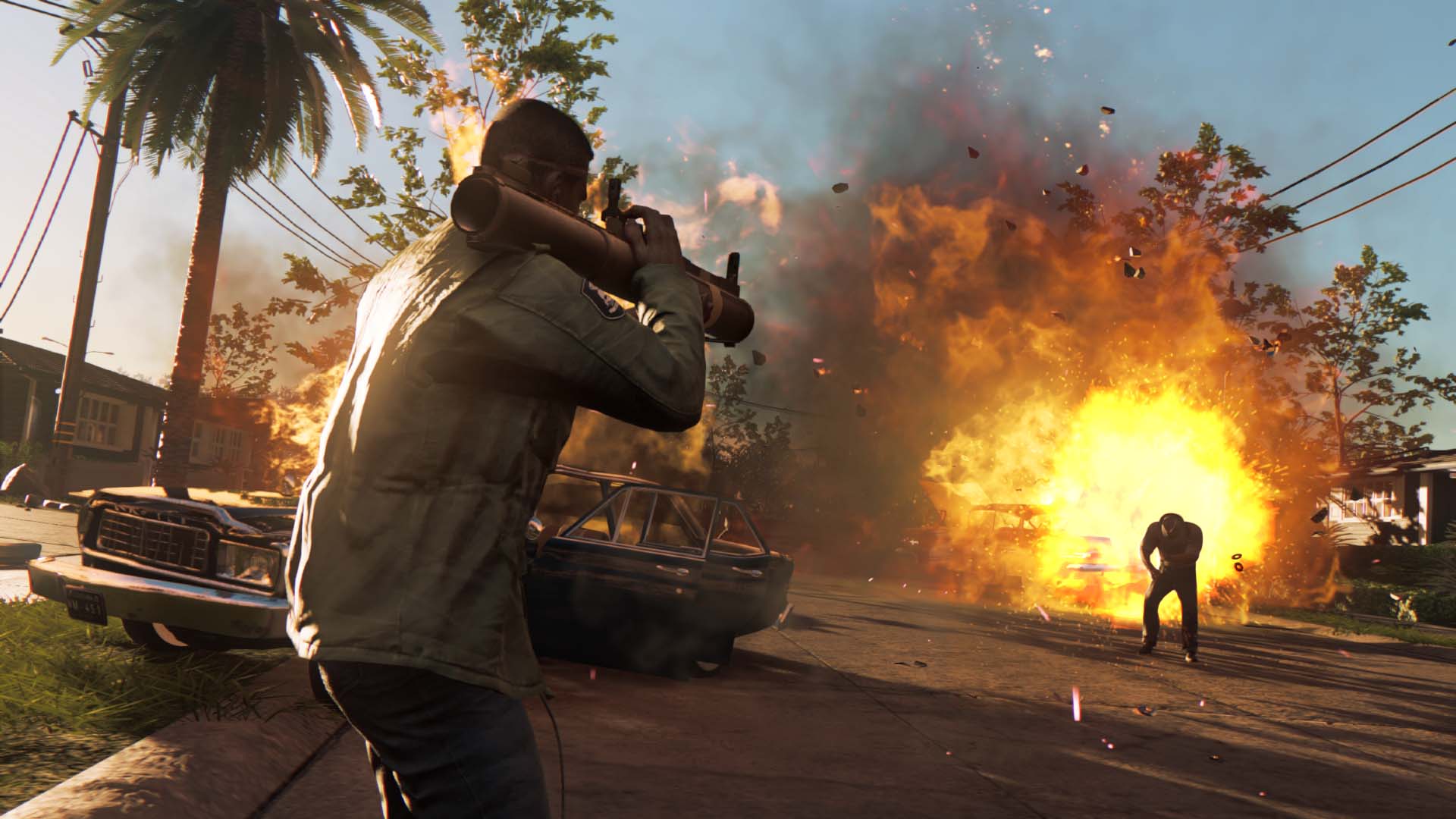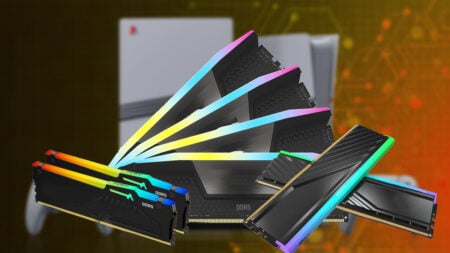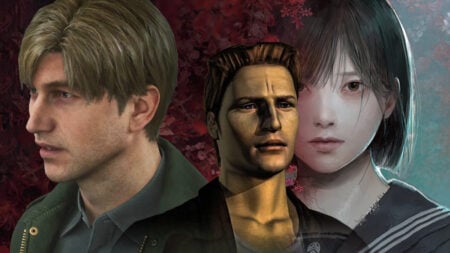Title: Mafia III
Where To Buy: PSN Store,
While many games strive to have a story worth remembering, a few games a year attempt to make one with implications that matter. While Gone Home looked to be the only one going for that this year, the latest entry in the Mafia series has entered the ranks as one of the more important stories told through games as a medium.
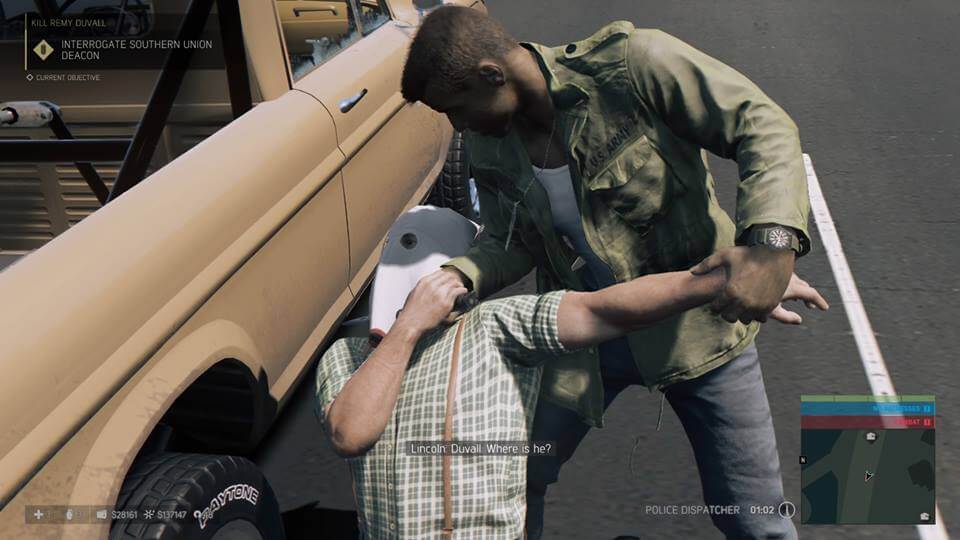
Mafia III follows Lincoln Clay, a black Vietnam veteran returning home from the war in the late 1960s to New Bordeaux, Louisiana. Though he came back with the intentions of saying goodbye and leaving, he decides to stay once he finds out that his surrogate father and brother, Sammy and Ellis, are caught up in troubles with the mob. After helping them with their problems against a rival gang, he is recruited by the Marcano crime family, who controls the city, to rob a federal bank.
Though the job ends successfully, Sal Marcano and his son, Giorgi, betray Clay by killing both Ellis and Sammy, in addition to trying to murder him, before burning down Sammy’s bar. A priest and friend of his family, Father James, saves Clay from the burning building. Once he recovers, he decides to enact his revenge on the Sal Marcano by taking over New Bordeaux and eliminating the leaders of his operation one by one.

The game’s strength comes in the telling of this tale of revenge. Set in the 1960s, Mafia III begins the game with a disclaimer explaining that the depictions of racism against both African Americans and Irish Americans would not be censored. This sets the tone for the world in which Lincoln Clay finds himself, and adds to the true realism of the situations he encounters.
The racism is depicted through the conversations between enemy NPCs, random acts of violence on the street against African Americans, and perhaps most notably the difference in police response times to different parts of the city depending on race and wealth. This sets up a setting of realism towards racism that few other games have ever managed to achieve. By not shying away from the realities of the time period the game was set in, the game allows a profoundly possible story to be told.
Clay’s journey to enact revenge upon the mob is a fairly remarkable one. Using his contact from the CIA named Donavan, the continued help of Father James, the tactics he learned from Vietnam, and the assistance of underbosses from the first three districts he takes over, he manages to not only climb the chain of the Marcano family but also expose the corruption of the city’s most prominent officials in the process.
Each of these characters has their own unique personality and intentions, and the superb acting and mocap make them feel as though they are real plausible characters. Cassandra, the leader of the Haitians, aims to settle the race score that has hurt her people; Thomas Burke, head of the Irish mob, seeks to gain revenge for his son, who also died by Marcano’s hand; Vito Scaletta, the main character from Mafia II, returns to gain prominence in the city; Father James wants to make sure Clay doesn’t become everything he’s trying to put an end to; and Donavan simply wants to watch him take down as many racists and hypocrites in the mob he can.
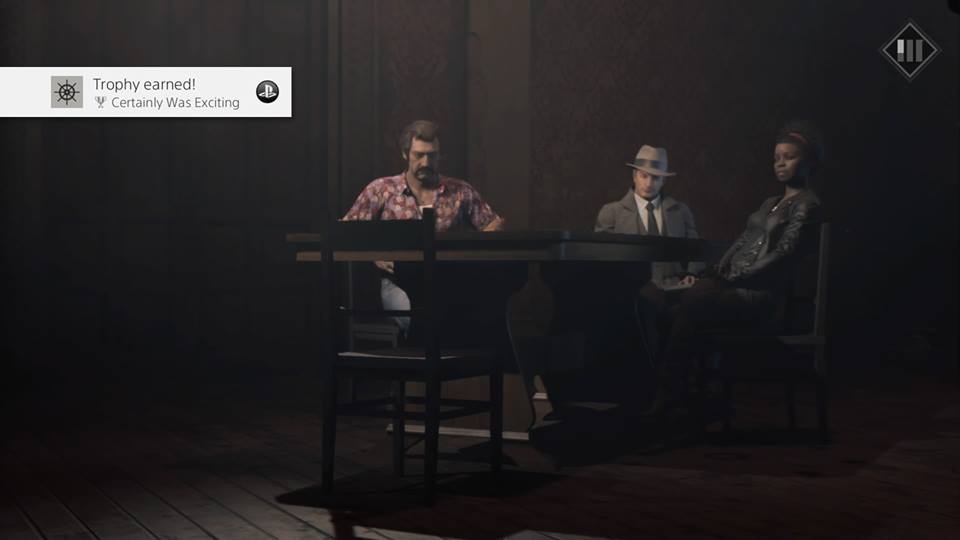
Unfortunately, this is where the Mafia III’s positives find their end. Most everything else in the game is either simply mediocre or falls short in comparison to other games of this generation. The first of these areas is the gameplay mechanics and while next to nothing is necessarily bad, each area feels rather simple or mundane.
The open world allows you to explore the different districts of the fictionalized New Orleans, but the vast majority is fairly empty. There are collectibles (such as Playboys, paintings by Alberto Vargas, and Communist propaganda posters) to find around, but there’s no benefit to gathering them all other than satisfying the feeling of completion.
Each of your underbosses has side missions to complete, from stealing boats for drug running to moving guns across the city. After completing one or two, you’ll quickly realize that it essentially involves completing the same task over and over again.
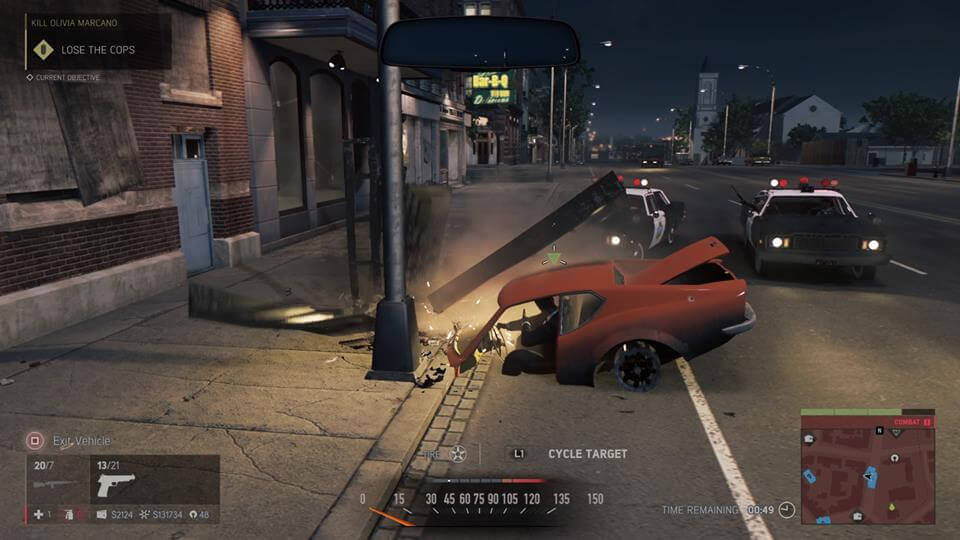
The combat is functional to an extent but becomes incredibly repetitive over time. Most of the game can be completed by using stealth since it can be exploited pretty easily. The enemies metaphorically walk into your knife and tend to be pretty forgiving even when you get caught. In larger numbers, they can be a little dangerous, but perks gained by completing story missions allow you to call in backup at very little cost, taking away any remaining difficulty.
The biggest downfall is a large number of technical issues across the game. In numerous areas, I found myself warping into objects like cars or walls, or had bodies glitching around the floor. The lighting attempted to convey the realism of sun effects, but they were often entirely aggravating as the sun would become blinding right as I was trying to get a headshot, or the darkness would make it extraordinarily difficult to find my way out of the Bayou. Also, objects like bushes or certain light posts were impossible to pass through and would feel like running into a brick wall, something even games from the previous generation found a way to fix.
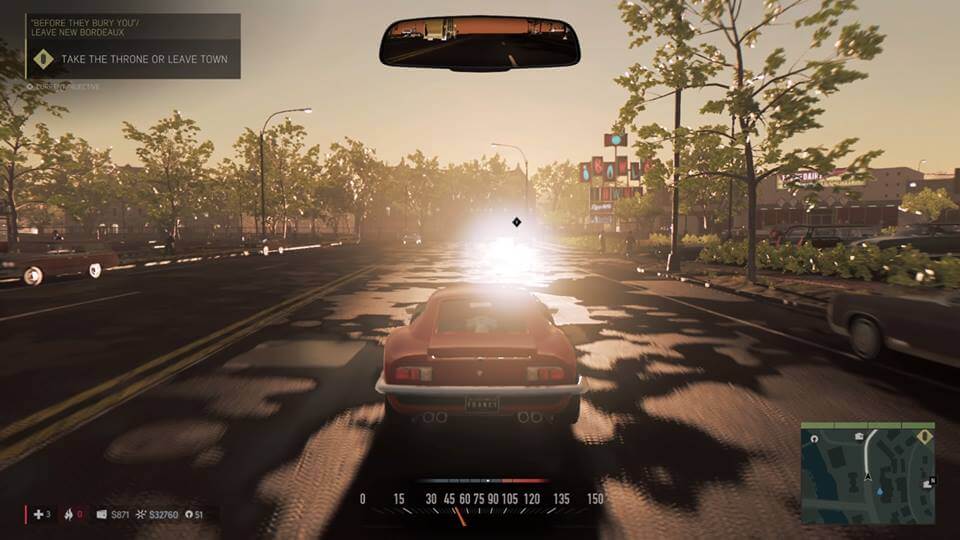
While the overall story and setting of Mafia III are extraordinary, the game is held back by issues in mechanics and gameplay that begin to detract from all the good accomplished. All of this is a shame, considering the importance of what it attempts to show. For more game reviews, visit us here.
- Gameplay: Simplistic, Mundane, Occasionally Broken
- Graphics: Solid, Fair in Comparison
- Sound: Excellent Soundtrack, Stellar Acting
- Presentation: Powerful Story, Mediocre to Poor Gameplay

